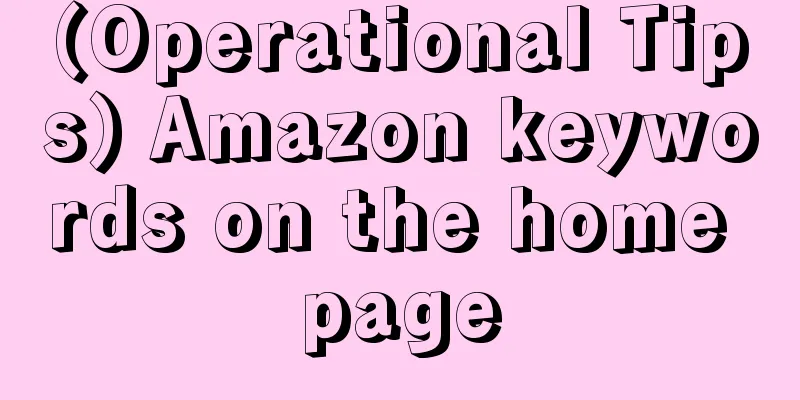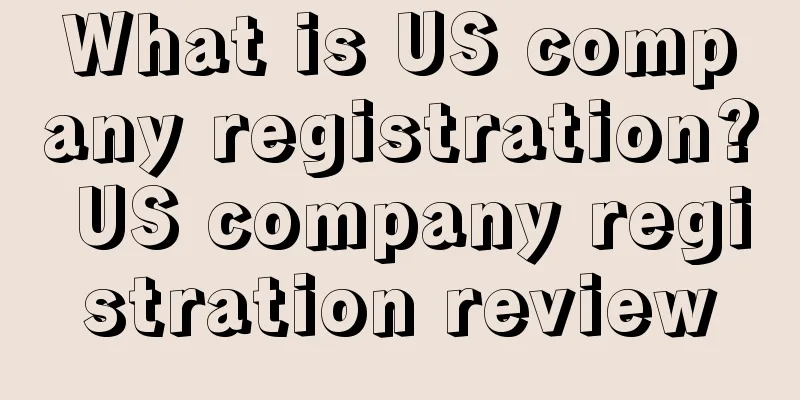(Operational Tips) Amazon keywords on the home page

|
How to get Amazon keywords on the homepage Cycle planning for order brushing Plan the keywords you want to brush and what long-tail keywords to use to buy brush orders. For example, search for "iPhone red case" to find the last listing on the Amazon homepage. (That is, the 20th listing). Then find out the daily sales of this product. (You can also purchase the product's data for the past 6 months through the service provider) Let's assume that this listing sells 20 orders per day. Then we plan how many orders we will do for each keyword every day, and the amount we do should be on the rise, for example: 1 order, 2 orders, 3 orders, 4 orders, 5 orders, 5 orders, 6 orders, 7 orders. Of course, I am just giving an example, and you need to decide the amount of orders you want. At the same time, we can coordinate with add to cart and add to wish list, and add to cart also needs to be on the rise. But don't add to cart too much, as it will easily affect the conversion rate. You can find a professional service company (such as us) to fake orders and add to cart. Simulate the appearance of real transactions. In addition to fake orders and add to cart, you can also use the dynamic hyperlink service of software such as Amazon Shark or Amazon one to promote outside the site to generate real sales and fake orders. After about a week, see which long-tail keywords have reached the top five on the homepage and which have not yet been promoted. For those that have not been promoted, we will continue to fake orders for these keywords later. Focus on promoting short-tail words and long-tail words that have not been promoted to the top five on the homepage in the previous stage. For short-tail words that cannot be embedded in the title, they can be placed in the Bullet Point. At the same time, the number of fake orders will increase significantly compared with last week, forming an upward trend. This stage lasts about two to three weeks. After three weeks, observe which short-tail words have successfully been promoted and which have not yet been promoted to the homepage. In this stage, the number of orders is also higher than the previous cycle, and the key words are mainly core words + short-tail words that were not successfully promoted in the previous stage. You don’t need to pay too much attention to the ranking of long-tail words during this period, and you can rely on PPC advertising to help you maintain the ranking and exposure of long-tail words [the PPC advertising bids for these long-tail words are very cheap]. Special attention: Before we push keywords to the homepage, the most important prerequisite work is: 1: Ensure that there is no problem with the quality of the product; 2: Make sure the product page has been optimized to the maximum extent, including a certain number of 5-star reviews and QA. These two points are directly related to the issue of later keyword sales on the homepage. All keyword homepage service providers on the market use a large number of accounts to search, add to cart, and add to wishlist to achieve A large number of buyers use Apple phones (usually IOS10.0 or above) to constantly search for keywords in the Amazon search box, find your products and click to add them to cart, thereby increasing the expected conversion rate of the product. By simulating a mobile phone, change the IP to click on the keyword to add to the shopping cart. This method does not require logging into the buyer's account, but it should be noted that after each click, the browser cache needs to be cleaned, the IMEI serial number, mobile phone number, device model, MAC address, and so on. The number of clicks needs to be measured according to the size of the word. This method is used by most service providers. They run automatically through scripts, and a mobile phone can add 3,000 shopping carts in 24 hours. In this way, after about 7 days of operation, the keyword can be ranked on the homepage, and it usually stays on the homepage for three or four days. It is worth noting that the ranking of the previous keywords may not improve but decline, because through a large number of clicks to add to the shopping cart, although the expected conversion rate of the product has increased, the conversion rate has decreased. In addition, for some highly competitive keywords, even if the service provider increases the pre-conversion rate to the limit, it cannot be pushed to the homepage, because the conversion rate, order volume, comments, and relevance of other competing products are all very good, and the proportion of the expected conversion rate is not enough to determine the ranking. This is why many service providers only promote keywords with low competition. |
<<: How can small vendors catch copycat sellers? 19 methods shared with you
>>: 4 of the best CPC mind maps on Amazon (absolutely useful)
Recommend
HSBC launches loan designed specifically for Chinese cross-border e-commerce, so that dreams no longer need to wait for loans
HSBC Small Business Support is a new experience t...
What is MilMila? MilMila Review
MilMila focuses on social e-commerce in emerging m...
Walmart's advertising revenue grew 30% year-on-year in Q2, led by the Indian market!
<span data-docs-delta="[[20,"获悉,根据沃尔玛近日发布的...
US holiday e-commerce sales will achieve double-digit growth! These categories have strong demand
It is learned that according to eMarketer's fo...
The topic of "sustainable" consumption is on the rise, and the market share in the United States has increased significantly
According to the latest data released by several r...
What is Guomao Supply Chain? Guomao Supply Chain Evaluation
Zhejiang Guomao Supply Chain Service Co., Ltd. is ...
Sellers, please be aware! Out-of-stock situation is coming! Starting from April, these Amazon accounts may be restricted
As the end of the year approaches, many factories ...
Amazon directly affects the ranking of factors integration, these ten points are the most important
The ranking of products on Amazon affects exposur...
What is Cross-border Knowledge? Cross-border Knowledge Review
Cross-border Know is a cross-border information an...
Many Amazon products have been warned by the FDA and have been removed from the shelves!
<span data-shimo-docs="[[20,"获悉,据外媒报道,近日美国...
Two fates? LightInTheBox continues to grow rapidly, while Xinghui Precision is fined nearly 40 million!
The cross-border e-commerce circle is like a pyram...
Sales plummeted, riots continued, in addition to the election, you should also pay attention to these things
Since the US election officially began on November...
What is ADI? ADI Review
ADI, namely Hangzhou ADI International Freight For...
What is Amazon Accelerator? Amazon Accelerator Review
Amazon's "accelerator" program aims ...
Fines exceed 140,000! Temu removes a large number of sellers' products!
Faced with an increasingly competitive market envi...









